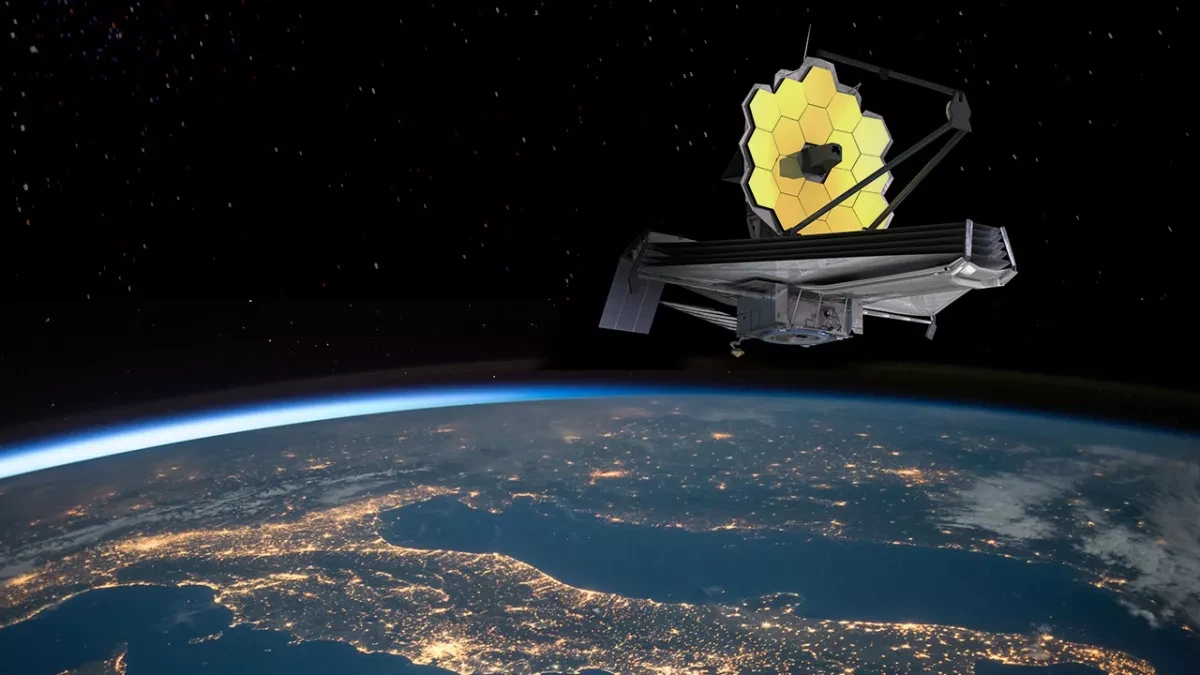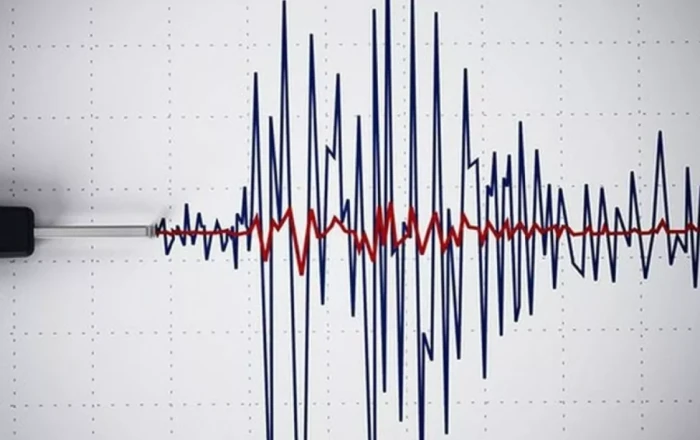In a groundbreaking discovery, scientists using the James Webb Space Telescope (JWST) have detected potential signs of life beyond our solar system.
The telescope's latest findings on the exoplanet K2-18 b suggest the presence of two gases—dimethyl sulfide (DMS) and dimethyl disulfide (DMDS)—in its atmosphere, gases that on Earth are primarily produced by biological processes, such as those from marine phytoplankton, Caliber.Az reports via foreign media.
While researchers are cautious, describing the detection as a possible "biosignature" rather than direct evidence of life, the discovery has sparked excitement within the scientific community. "This is a transformational moment in the search for life beyond the solar system," said Dr. Nikku Madhusudhan, lead author of the study from the University of Cambridge's Institute of Astronomy. "We have entered the era of observational astrobiology."
K2-18 b, located about 124 light-years from Earth in the constellation Leo, is considered a "hycean world"—a type of exoplanet thought to be covered by liquid oceans, potentially habitable for microbial life. With a mass 8.6 times that of Earth and a diameter 2.6 times larger, K2-18 b resides in the "habitable zone" of its red dwarf star, where liquid water could exist—a key ingredient for life as we know it.
Webb's observations of the planet earlier this year had already revealed methane and carbon dioxide in its atmosphere, hinting at the possibility of carbon-based life. Now, the discovery of DMS and DMDS in concentrations much higher than those found in Earth's atmosphere suggests that K2-18 b may be teeming with microbial life, similar to life in Earth's oceans. However, Madhusudhan emphasised that these findings are not conclusive proof of life, but rather a strong indicator of a biological process occurring on the planet.
The gases were detected at concentrations over 10 parts per million, thousands of times higher than their levels in Earth's atmosphere. "This cannot be explained without biological activity based on existing knowledge," Madhusudhan stated, noting the high probability of the observation—99.7% confidence, though with a small margin of uncertainty.
Despite the excitement, some scientists urge caution. Christopher Glein, principal scientist at the Southwest Research Institute in Texas, called the data from K2-18 b "a valuable contribution" but cautioned against jumping to conclusions. "We must be very careful to test the data as thoroughly as possible," he said, stressing the need for additional independent analysis.
The "Holy Grail" of exoplanet research, according to Madhusudhan, is finding definitive evidence of life on an Earth-like planet. However, he acknowledged that much work remains. "First, we need to repeat the observations two to three times to make sure the signal we are seeing is robust and to increase the detection significance," he said. "Second, we need more theoretical and experimental studies to make sure whether or not there is another abiotic mechanism (one not involving biological processes) to make DMS or DMDS in a planetary atmosphere like that of K2-18 b."
While these findings represent a promising step forward in the search for extraterrestrial life, the scientific community remains cautious. As researchers continue to study K2-18 b, the quest for definitive proof of alien life is far from over.
By Vugar Khalilov
Source: caliber.az












